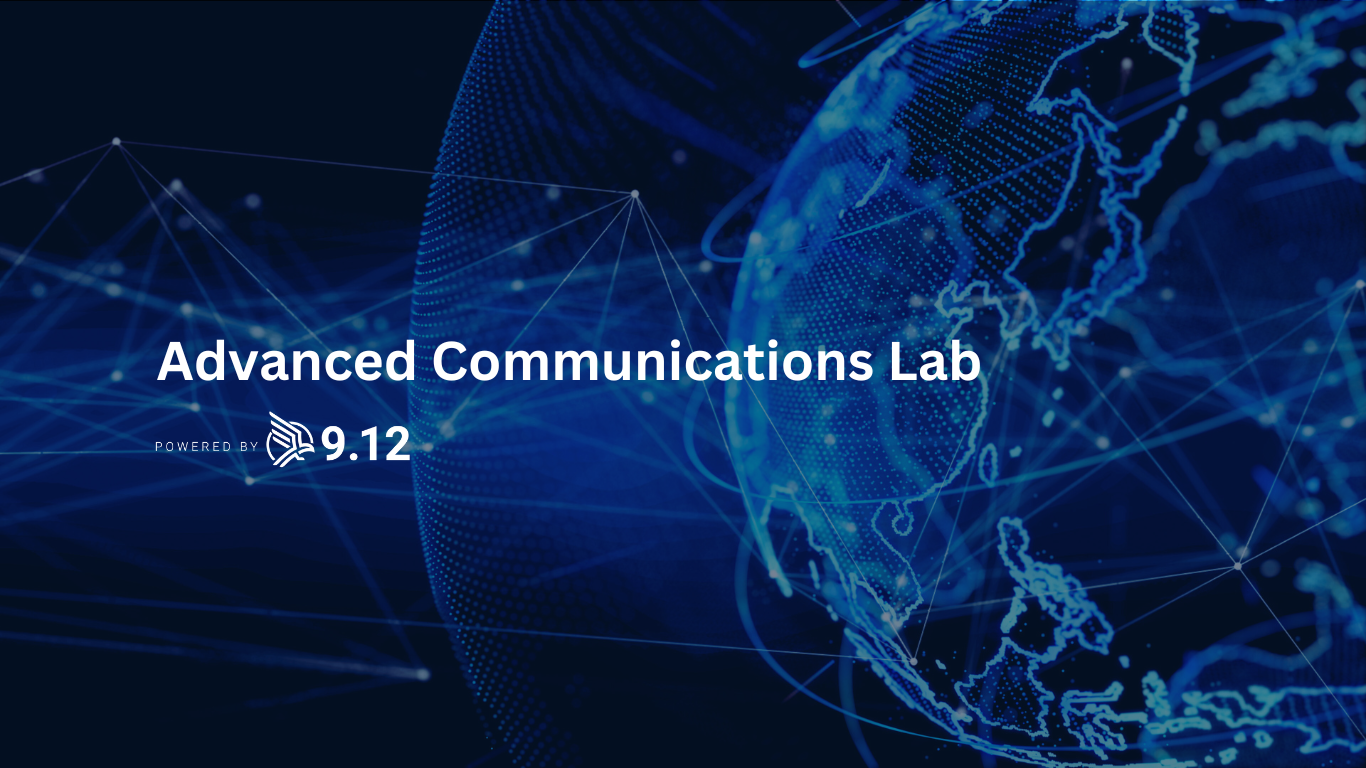
The Advanced Communications Laboratory (ACL) is a public- private-partnership that provides resources for industry, academia, and government to develop and test telecommunications and networking technologies. Formerly known as the Indiana 5G Zone, the ACL was created to support rapid innovation for 5G mobile network deployment and has since expanded to include other advanced wireless technologies (i.e., Private Cellular, Wi-Fi 6, LoRaWAN), IoT connectivity, edge computing, AI/ML and cybersecurity.
The ACL assists partners in their research and development by offering subject matter expertise, state-of-the art capabilities for test and evaluation, and agnostic, independent technology assessment. ACL focuses on novel and dual-use technologies to supplement industries like Healthcare, Transportation Logistics and Supply Chain, as well as U.S. National Labs, including DoD capabilities in areas such as Advanced Battlefield Management and National Security challenges.
The ACL is a fully functional cross-sector telecommunications lab designed for partners and customers to design hardware, software, and applications and test them in a secure end-to-end testbed environment. Testing can be performed on-site at our Indianapolis headquarters or remotely from anywhere in the world. The ACL provides:
- Testbed Environment: 5G mmWave, Private Cellular and Wi-Fi 6
- Technical Expertise: Internal subject matter expertise and thought leadership from external industry leaders
- Independent Assessments: Agnostic test and evaluation. R&D/ Test planning and execution support
- Training & Workforce Development: Host collaborative events/ seminars regarding industry-pertinent topics
STATE-OF-THE-ART FACILITIES AND CAPABILITIES
The ACL facilities include the physical testing laboratory with accompanying co-working space, conference rooms, and training classrooms housed in the Emerging Manufacturing Collaboration Center (EMC2) at 16 Tech Innovation District. The ACL environment includes:
- 5G mmWave (AT&T, Verizon NSA)
- 5G Non-Standalone RAN
- Converged indoor/outdoor CBRS Private Network
- Multiple 5G Core Deployments (Celona, Druid, Magma and Open5GS)
- Edge Compute
- Multiple Cloud Instances
- End User Devices (Handsets, Routers, Modems)
- IoT Connectivity
WORK WITH THE ACL
We have made the investment in building a comprehensive testbed infrastructure so that organizations of any size can affordably test new innovations. This lowers the barrier to entry and accelerates the time to market by advancing capabilities through applications such as:
- Advanced Manufacturing
- Smart cities and DOD Posts, Bases, Camps, Stations
- Secure Transport over Untrusted Networks
- Battlespace Awareness
- Virtual and Augmented Reality (Gaming and Battlespace)
- Logistics and Asset Management Supply Chain
- Autonomous Vehicles
